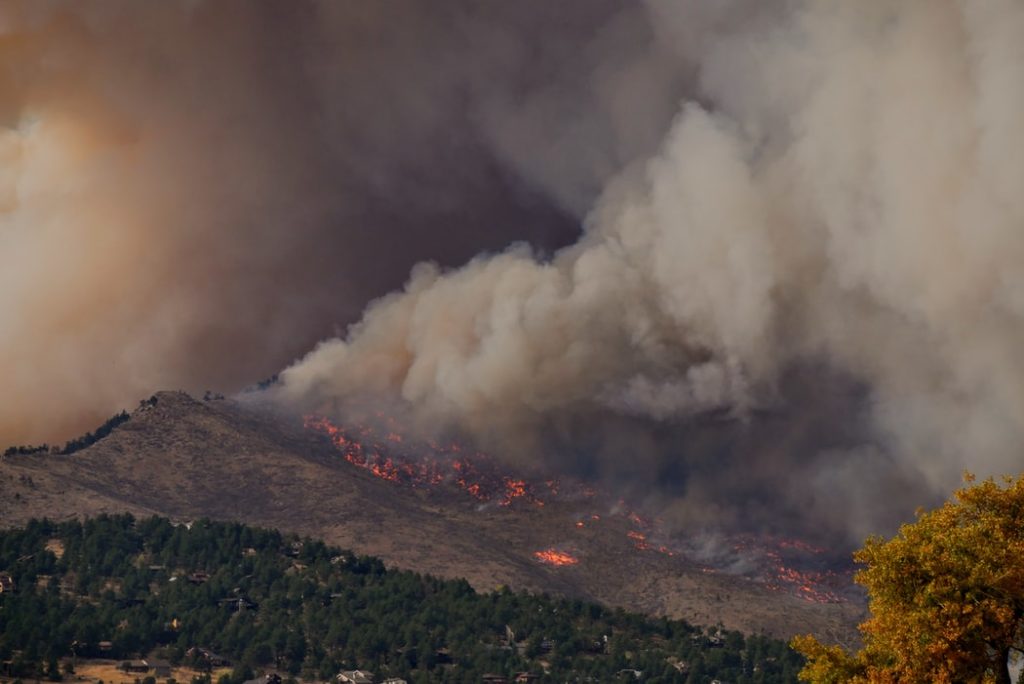The United Nations (UN) confirmed that 2020 will be one of the third hottest years on record in the provisional State of the Global Climate report, compiled by the World Meteorological Organisation (WMO).
The study was contributed to by a number of international organisations and experts. The provisional report is based on temperature data recorded from January to October 2020. The final report will then be published in March 2021.
The six hottest years ever recorded have been between 2011-2020 with the warmest six years recorded since 2015, according to the WMO.
“The average global temperature in 2020 is set to be about 1.2 °C above the pre-industrial (1850-1900) level. There is at least a one in five chance of it temporarily exceeding 1.5 °C by 2024,” said WMO Secretary-General Professor Petteri Taalas.
“This year is the fifth anniversary of the Paris Agreement on Climate Change. We welcome all the recent commitments by governments to reduce greenhouse gas emissions because we are currently not on track and more efforts are needed.”
Climate change has impacted the world’s oceans and this year, a marine heatwave occurred.
“Ocean heat is at record levels and more than 80% of the global ocean experienced a marine heatwave at some time in 2020, with widespread repercussions for marine ecosystems already suffering from more acidic waters due to carbon dioxide (CO2) absorption,” said WMO.
This year was detrimental for the natural world as wildfires occurred in Australia, Siberia, the US West Coast and South America. There were massive floods in Africa and Southeast Asia. Extreme heat recorded in the Arctic, among other places, and a record-breaking Atlantic hurricane season where consecutive category 4 hurricanes made landfall in Central America.
“Record warm years have usually coincided with a strong El Niño event, as was the case in 2016. We are now experiencing a La Niña, which has a cooling effect on global temperatures, but has not been sufficient to put a brake on this year’s heat. Despite the current La Niña conditions, this year has already shown near record heat comparable to the previous record of 2016,” said Professor Taalas.
Despite lockdowns around the globe and reduced human movement, atmospheric concentrations of greenhouse gases continued to increase.
“Carbon dioxide remains in the atmosphere for centuries and in the ocean for even longer. The last time the Earth experienced a comparable concentration of CO2 was 3-5 million years ago, when the temperature was 2-3°C warmer and sea level was 10-20 meters higher than now. But there weren’t 7.7 billion inhabitants,” said Professor Taalas.
“We breached the global threshold of 400 parts per million in 2015. And just four years later, we crossed 410 ppm. Such a rate of increase has never been seen in the history of our records. The lockdown-related fall in emissions is just a tiny blip on the long-term graph. We need a sustained flattening of the curve,” he continued.
“The COVID-19 pandemic is not a solution for climate change. However, it does provide us with a platform for more sustained and ambitious climate action to reduce emissions to net zero through a complete transformation of our industrial, energy and transport systems. The needed changes are economically affordable and technically possible and would affect our everyday life only marginally. It is to be welcomed that a growing number of countries and companies have committed themselves to carbon neutrality. There is no time to lose.”
Key points from the study:
- The global mean temperature for January to October 2020 was around 1.2°C above the 1850–1900 baseline, used as an approximation of pre-industrial levels.
- Ocean heat content for 2019 was the highest on record in the datasets going back to 1960. There is a clear signal for faster heat uptake in recent decades. More than 90% of the excess energy accumulating in the climate system as a result of increased concentrations of greenhouse gases goes into the ocean.
- Ocean acidification is increasing. The ocean absorbs around 23% of the annual emissions of anthropogenic CO2 from the atmosphere, thereby helping to alleviate the impacts of climate change on the planet. The ecological costs of this process to the ocean are high, as the CO2 reacts with seawater lowering its pH; a process known as ocean acidification.
- This year saw a number of high impact events, such as severe flooding in East Africa and the Sahel, South Asia, China and Vietnam. In South America, severe drought heavily affected northern Argentina, Paraguay and the western border areas of Brazil, specifically the Pantanal wetlands.
- The number of tropical cyclones that occurred this year was 96, which is above average.
For the full provisional report, click here.
Picture: Unsplash

